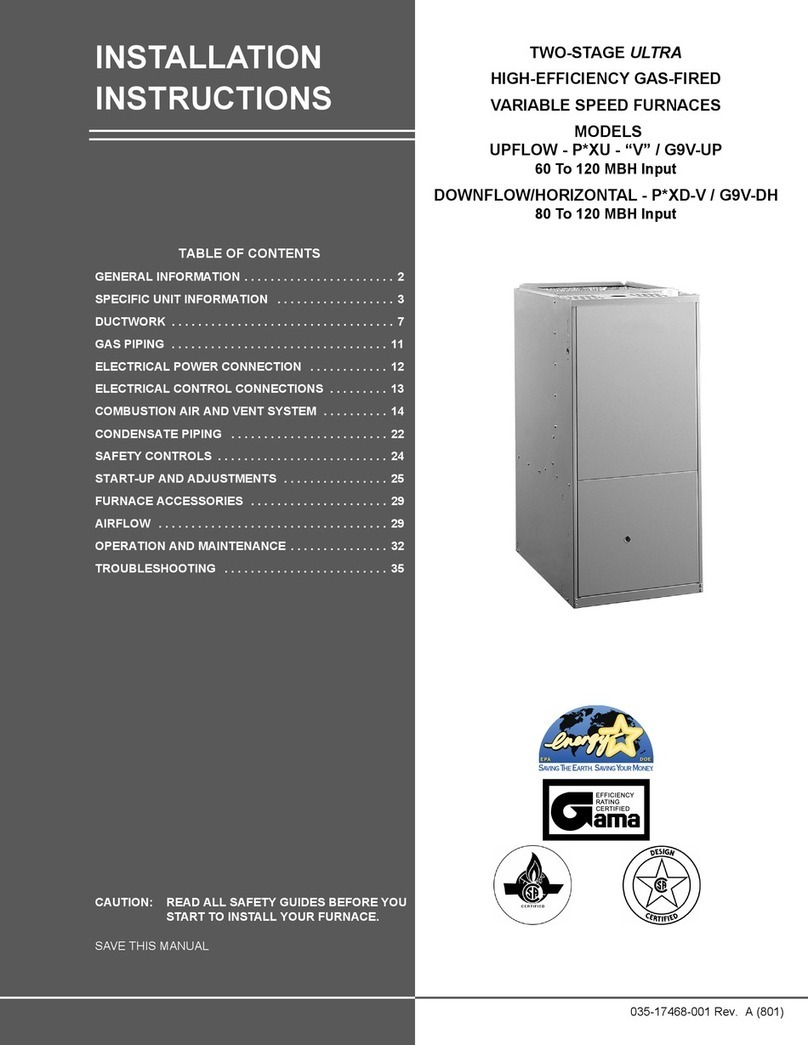Coleman 7600 User manual
Other Coleman Furnace manuals
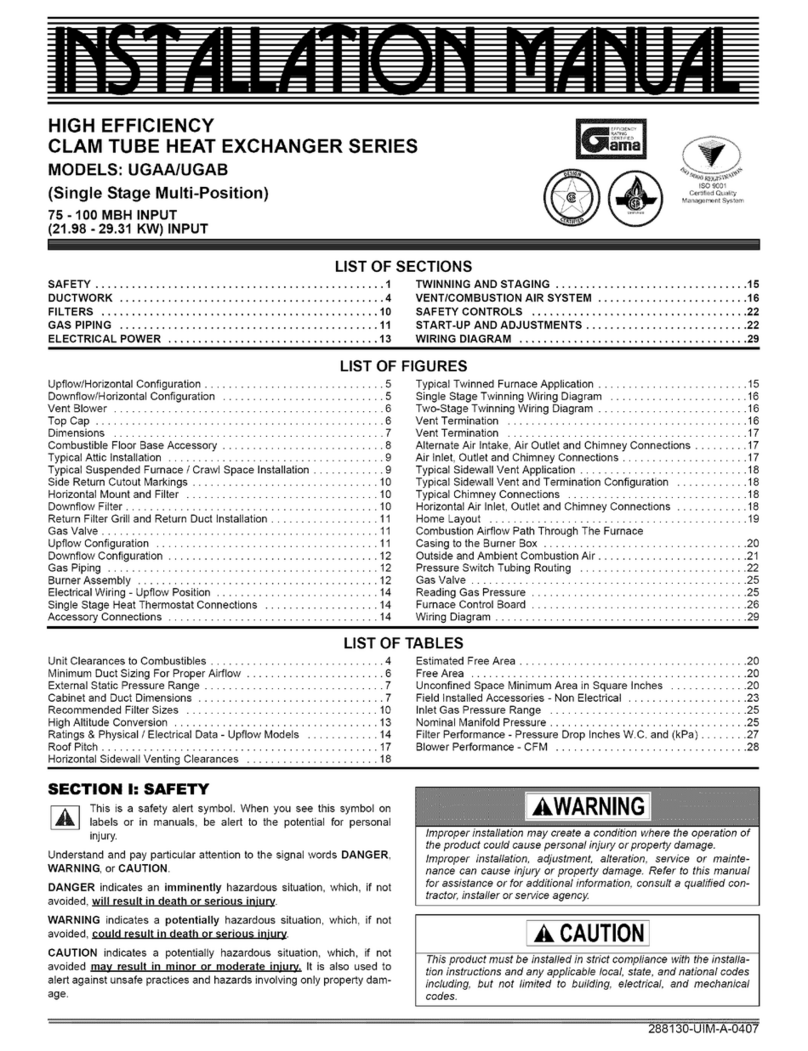
Coleman
Coleman UGAA075BUJ User manual

Coleman
Coleman DGAA Guide

Coleman
Coleman Echelon FC9V Quick start guide
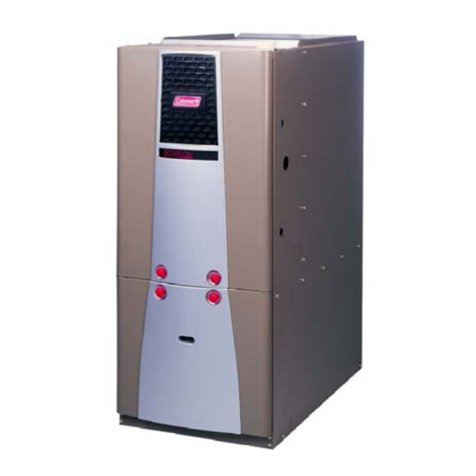
Coleman
Coleman FC9M060B12UP11 Quick start guide
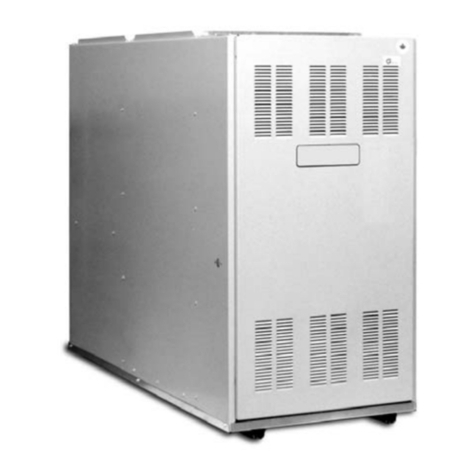
Coleman
Coleman P*LBX16F14501 User manual
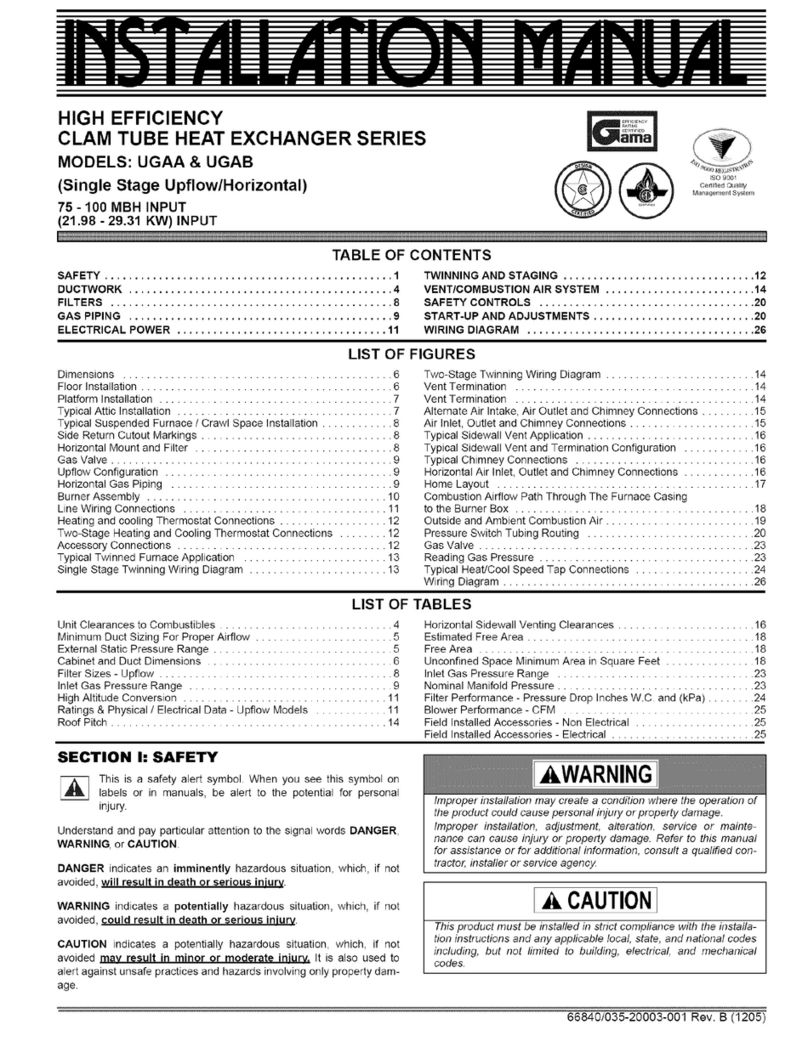
Coleman
Coleman UGAB User manual
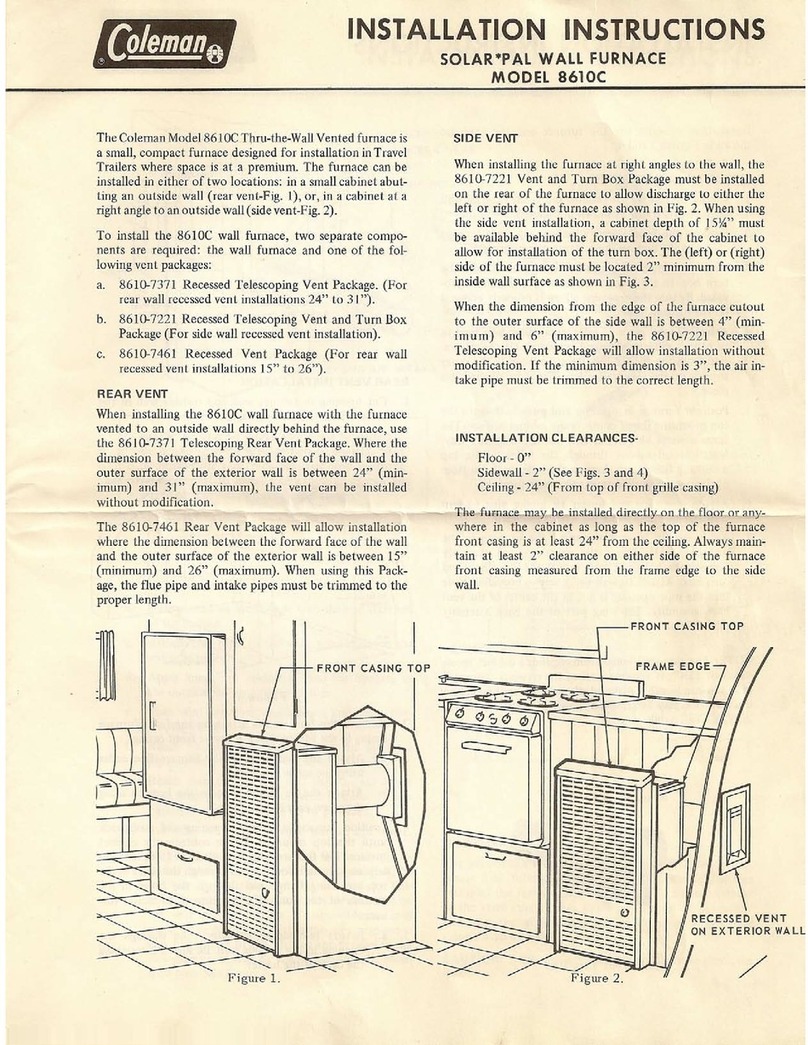
Coleman
Coleman 8610C User manual
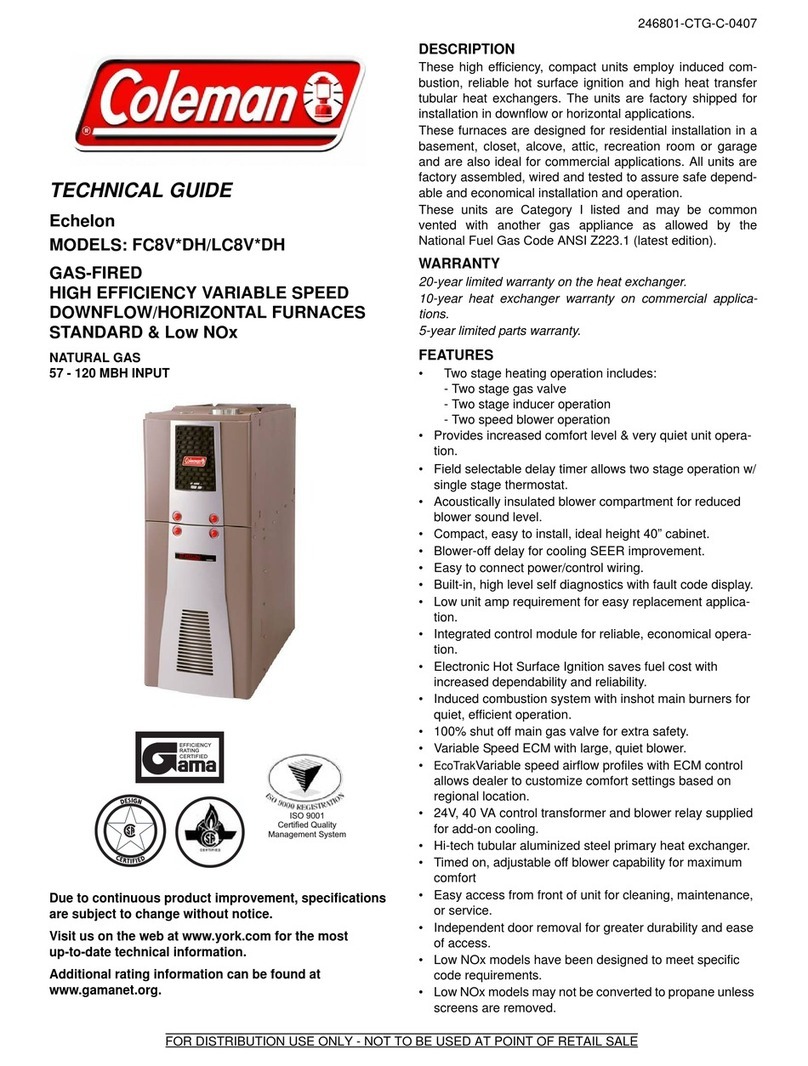
Coleman
Coleman FC8V DH Series Quick start guide
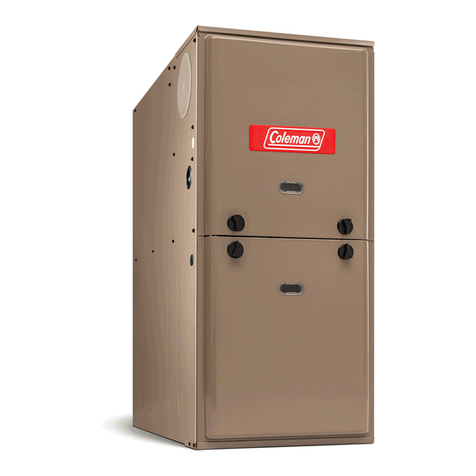
Coleman
Coleman TM8X Quick start guide
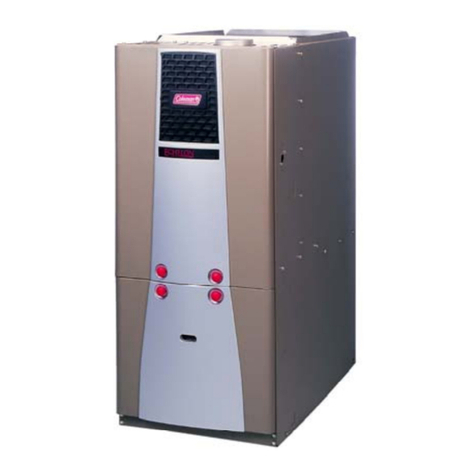
Coleman
Coleman FC8T-UH Quick start guide
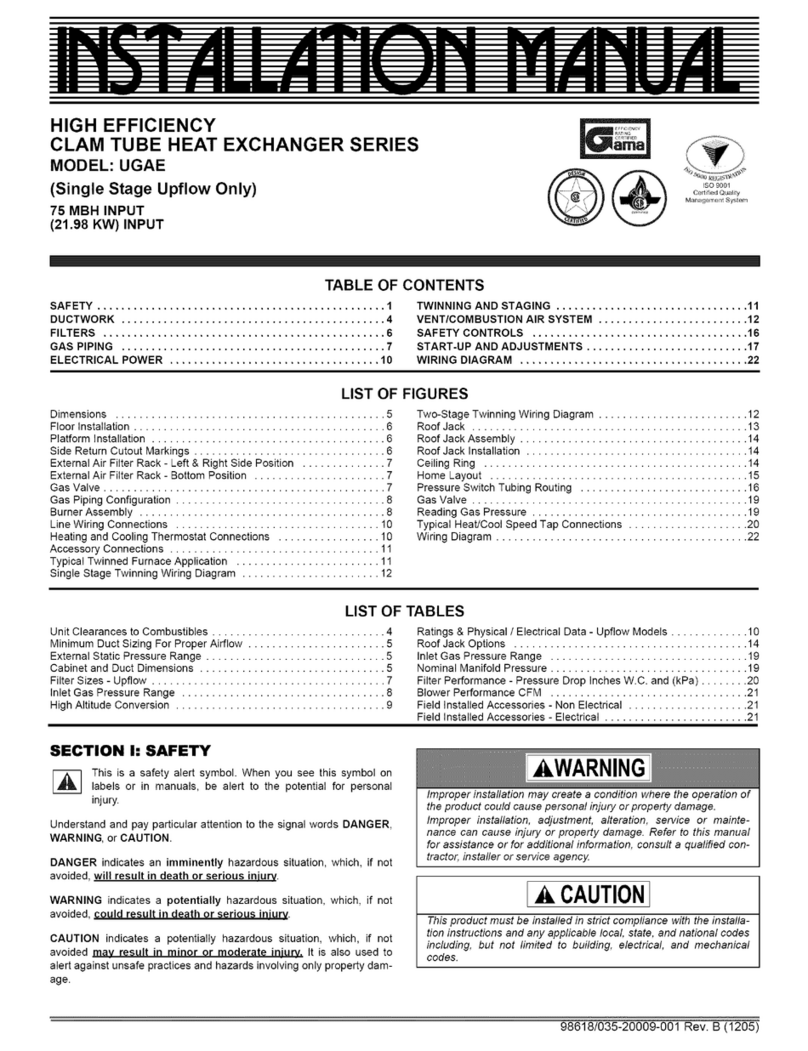
Coleman
Coleman UGAE User manual

Coleman
Coleman TG9S Quick start guide
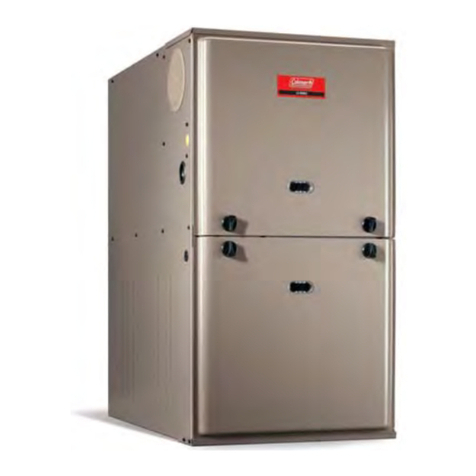
Coleman
Coleman TM8V*C Quick start guide
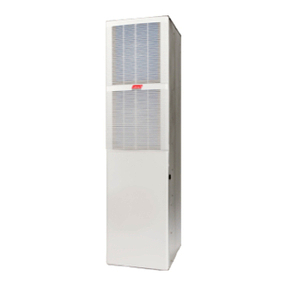
Coleman
Coleman DGAA User manual
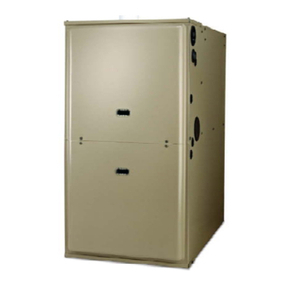
Coleman
Coleman MG9S060B12MP11 Quick start guide
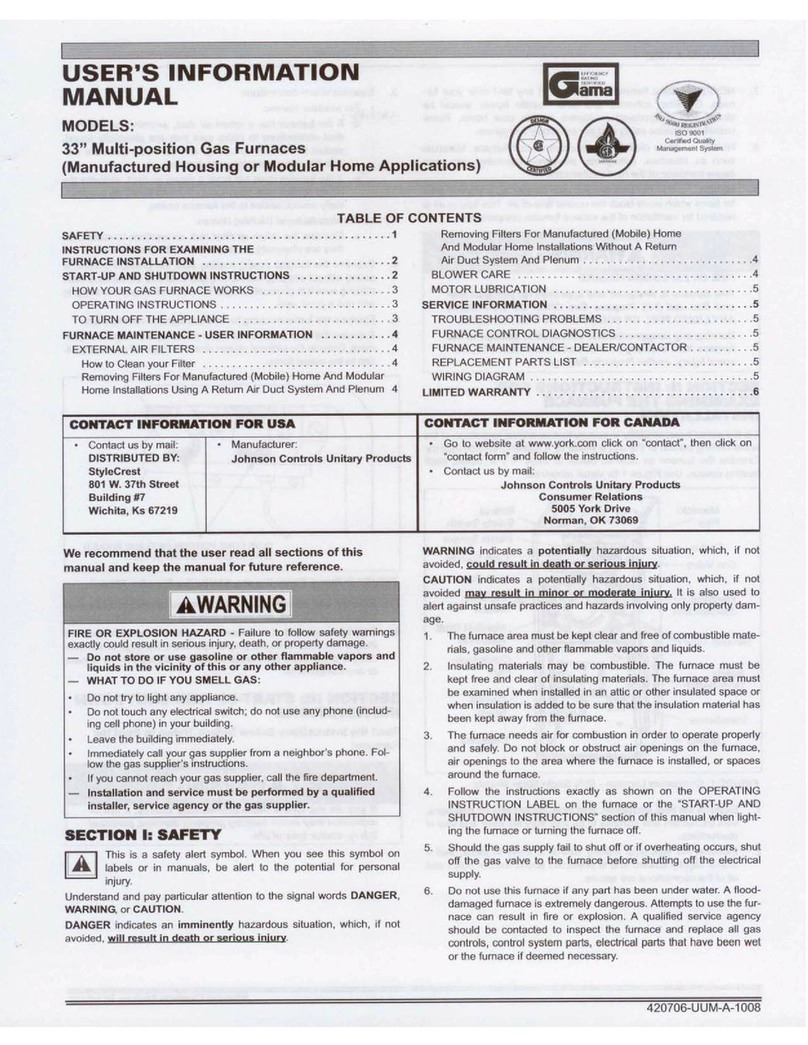
Coleman
Coleman 33" Guide
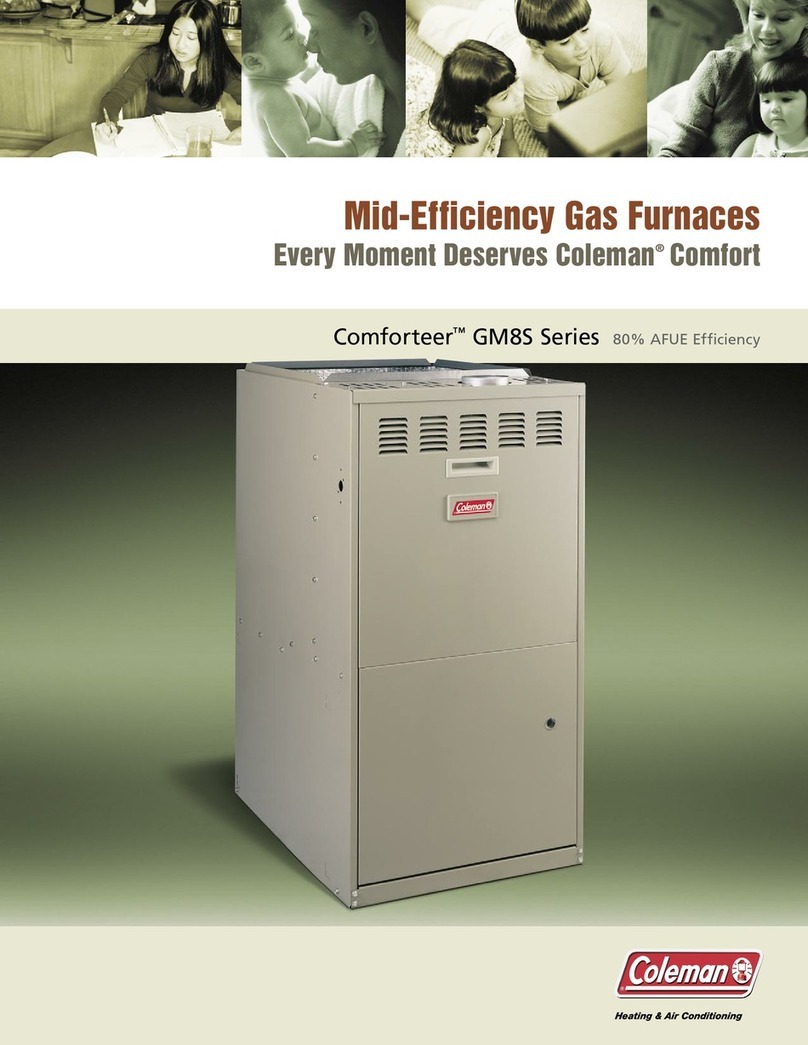
Coleman
Coleman COMFORTEERTM GM8S User manual
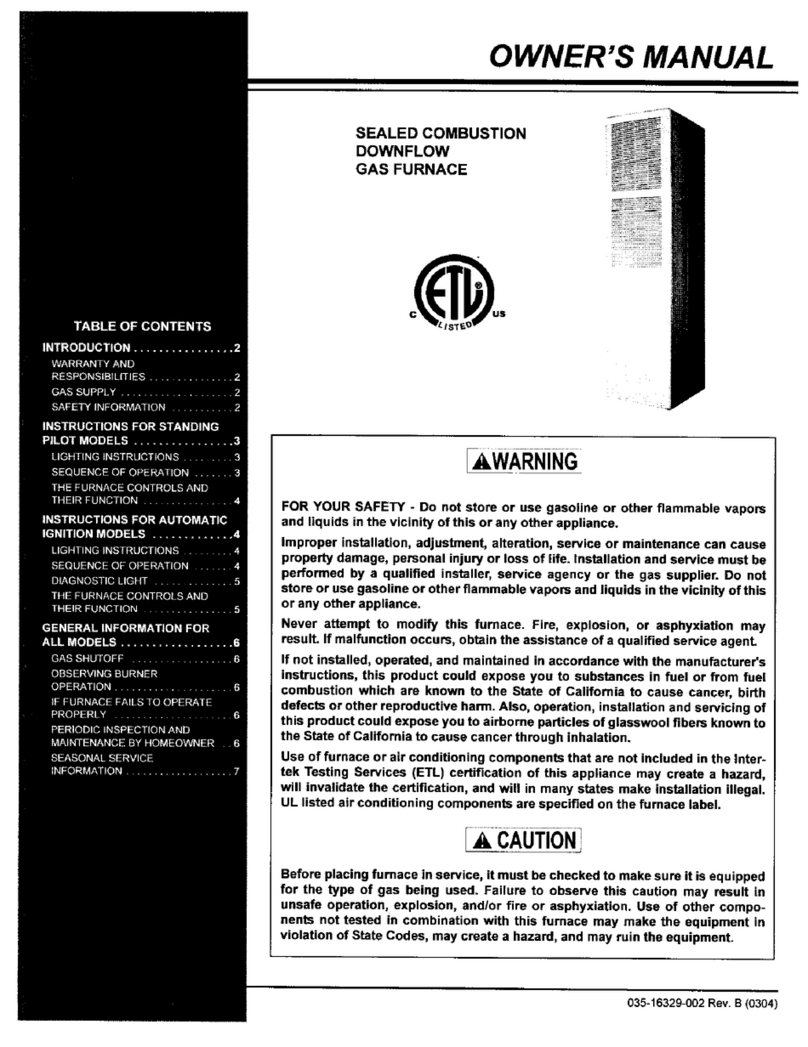
Coleman
Coleman 035-16329-002 User manual

Coleman
Coleman DGAA Manual
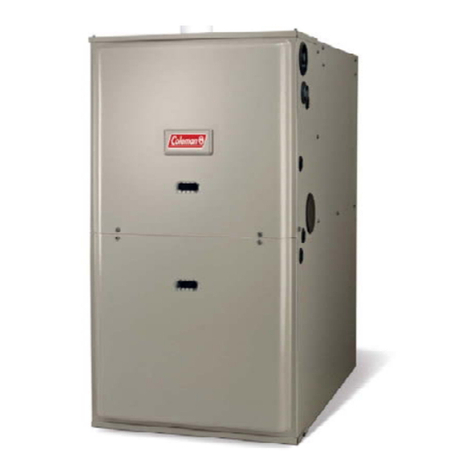
Coleman
Coleman TM9V Quick start guide
Popular Furnace manuals by other brands

Armstrong
Armstrong EG7H SERIES Installation and maintenance instructions

Payne
Payne PG92ESA Installation, start-up, operating and service and maintenance instructions

SUPREME
SUPREME FEM10-M2301CM-A Installation instructions and homeowner's manual
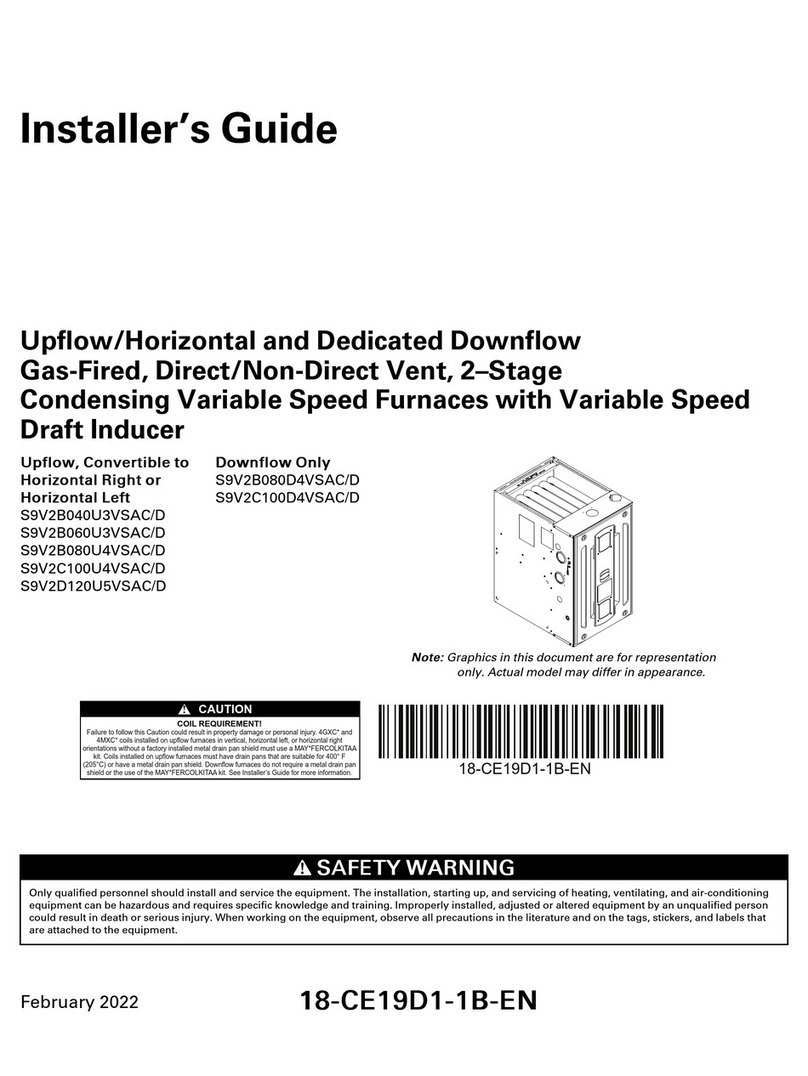
Ingersoll-Rand
Ingersoll-Rand S9V2B080D4VSAC/D Installer's guide

Johnson Controls
Johnson Controls TM9T User's information manual

Fluke
Fluke 9118A user manual

Lennox
Lennox EL195UHE Elite Series Unit information

Intertherm
Intertherm M7RL Series user manual

HDG
HDG Pelletmaster 15 Operation manual
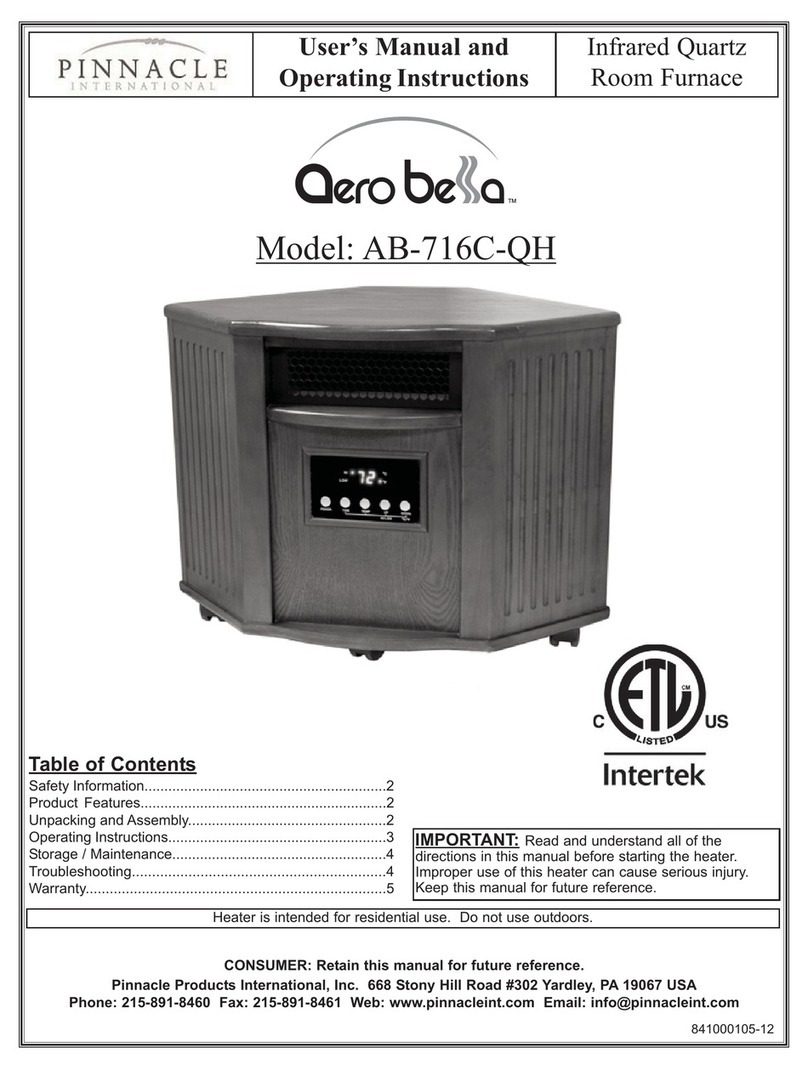
Pinnacle
Pinnacle Aero Bella AB-716C-QH User's manual and operating instructions

Nortek
Nortek MG2S Series installation instructions

VERDER
VERDER CARBOLITE GERO ABF 8/28 Installation, operation and maintenance instructions

Goodman
Goodman GMV9 Installation & operating instructions

SUPREME
SUPREME SUP10-M2301C Installation instructions and homeowner's manual

Dettson
Dettson AMT400B34-SM1PMA Installation instructions and homeowner's manual

Evcon
Evcon DGD 60 MBH installation instructions
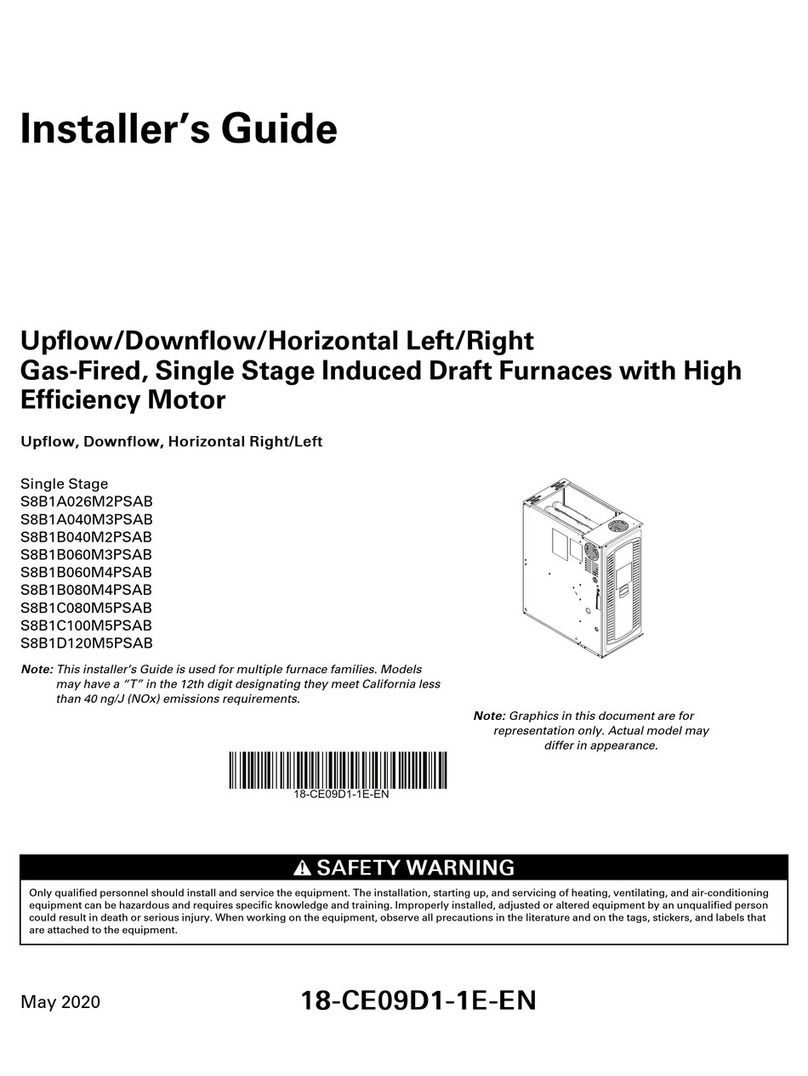
Trane
Trane S8B1A026M2PSAB Installer's guide
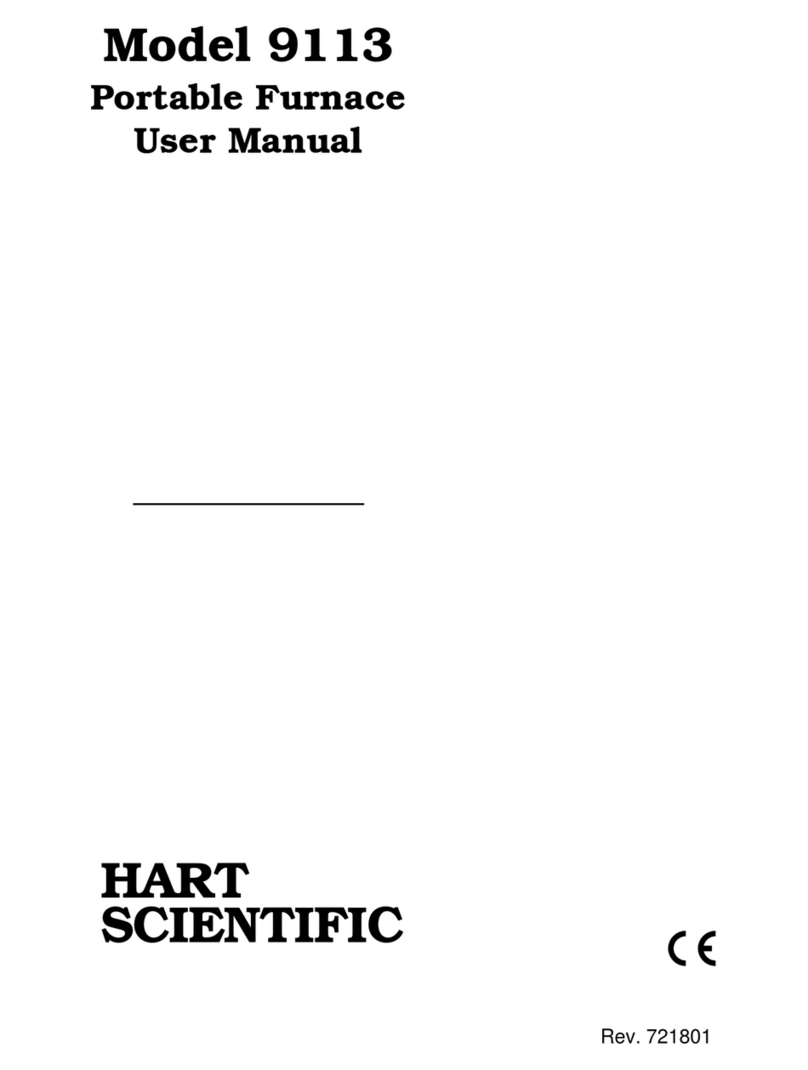
Hart Sceintific
Hart Sceintific 9113 user manual

